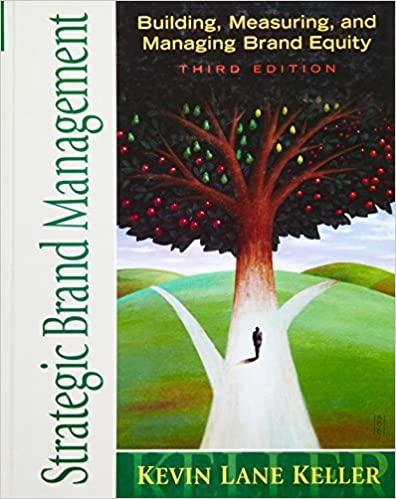Question
Netflix's 8,600 employees provide video streaming service to more than 200 million customers in 190 countries. Spotify's music streaming app is available in 92 countries,
Netflix's 8,600 employees provide video streaming service to more than 200 million customers in 190 countries.
Spotify's music streaming app is available in 92 countries, serving 250 million customers; the company employs 4,405 people in 48 offices worldwide.
Lastly, Zoom's 2,700 employees provide ubiquitous video conferencing service in more than 45 countries
Although they have a tremendous global span, these sorts of companies don't fit our historic template for categorizing, classifying, and contextualizing a multinational enterprise. Rather, they have far fewer offices and people than one would find in say, Nestl's, Toyota, or Johnson & Johnson.
Now, in the case of Netflix, Spotify, and Zoom, they and similar sorts of enterprises have been around for just a short time. They fit our general expectation of the characteristics, circumstances, and context of smaller companies that play big globally by working the digital context of globalization in the 21st centuryagain, profiled in the infographic below.
Effectively, each of those global enterprises in anchored in the "Now" digital context of the 21st century--as seen in the infographic below, courtesy of a recent report, Digital Globalization: The New Era Of Global Flows(Links to an external site.), by McKinsey & Company, namely.
Digital, by the way, simply refers to the emerging, endlessly expanding cyberspace, a.k.a, the Internet, and its influence on the managing a global enterprisedigitally, not terrestrially. Consequently, the standards of borders and boundaries, so critical to interpreting terrestrial globalization, are far less important to interpreting companies working cyberspace to create value. Successfully navigating the context of the Internet calls upon managers in the digital global enterprise to insightfully interpret the implications of algorithms, artificial intelligence, and automation in the quest to optimize system design.
Question:
1. Given the context above and the profile reported in the infographic(Digital Globalization: The New Era Of Global Flows(Links to an external site.), by McKinsey & Company, identify a key global challenge that routinely face managers at Netflix, Spotify, and Zoom, along with the many others with similar digital outlooks, orientations, and operations. With industry examples
2. Explain how through innovative, insightful global management, to convert the challenge into an opportunity. with pratical examples
Step by Step Solution
There are 3 Steps involved in it
Step: 1

Get Instant Access to Expert-Tailored Solutions
See step-by-step solutions with expert insights and AI powered tools for academic success
Step: 2

Step: 3

Ace Your Homework with AI
Get the answers you need in no time with our AI-driven, step-by-step assistance
Get Started


